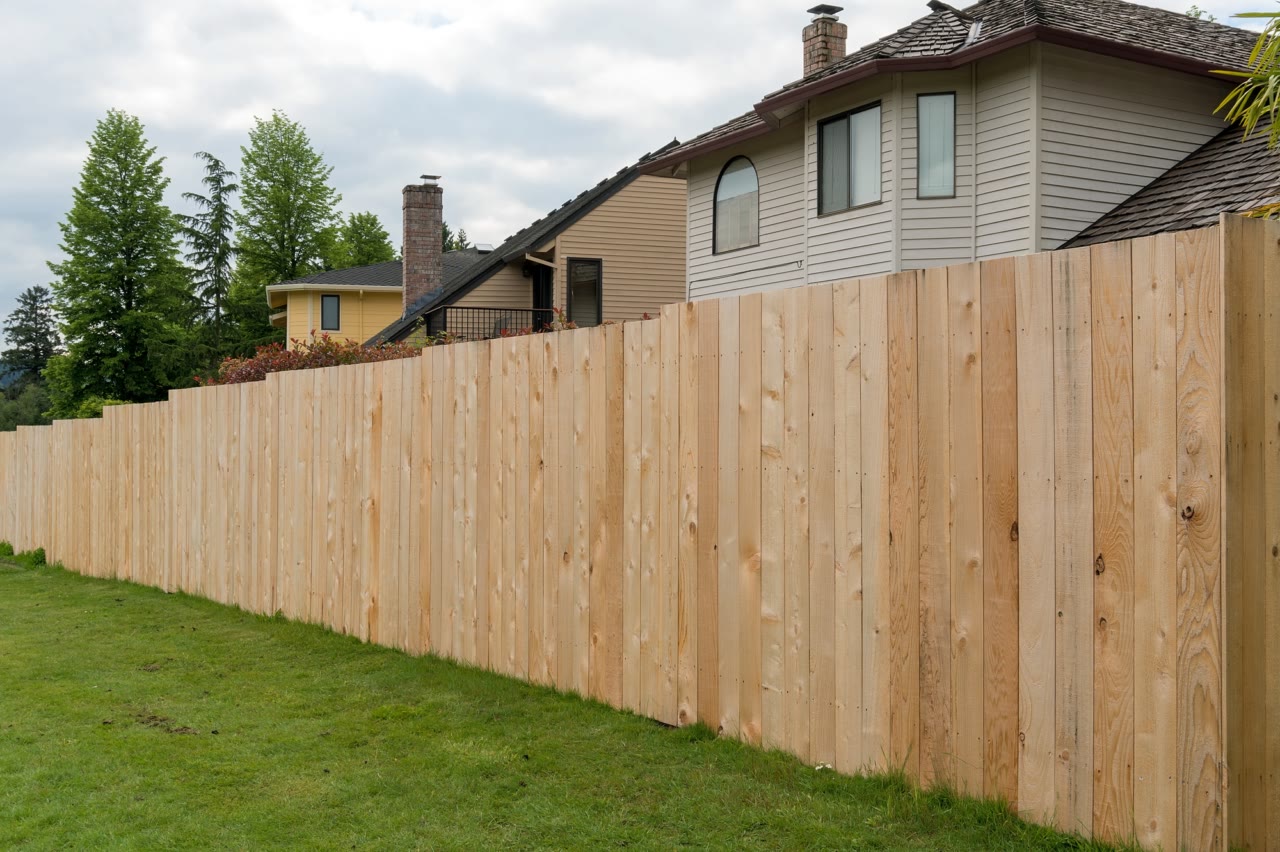
Maintaining a wood fence not only enhances your property’s appearance but also significantly extends its lifespan. Over time, exposure to sunlight, rain, and fluctuating temperatures can deteriorate the wood, leading to fading, cracking, and rot. However, staining and sealing your wood fence properly can offer it long-lasting protection and keep it looking fresh for years. In this guide, we’ll walk you through the step-by-step process of staining and sealing your wood fence for maximum durability.
Why Staining and Sealing Matters
A wood fence is constantly exposed to the elements. Without protection, it becomes vulnerable to moisture, which can cause warping, splitting, and even mold or mildew growth. UV rays from the sun can bleach the wood, leaving it looking dull and aged.
Staining enhances the natural beauty of the wood while providing a layer of defense against UV damage. Sealing, on the other hand, locks out moisture and prevents water damage. When combined, these treatments help preserve both the structural integrity and appearance of your wood fence.
Step 1: Choose the Right Time and Weather
Timing is everything when it comes to staining and sealing a wood fence. Choose a dry day with moderate temperatures—ideally between 50°F and 80°F. Avoid staining if rain is expected within the next 24–48 hours, as moisture can interfere with the absorption and drying process.
Step 2: Gather the Necessary Supplies
Before getting started, gather the following tools and materials:
- Wood stain (oil-based or water-based)
- Wood sealer (if not included in the stain)
- Pressure washer or garden hose
- Stiff-bristle brush
- Sandpaper (medium-grit)
- Paint roller, sprayer, or brush
- Drop cloths or plastic sheeting
- Gloves and safety goggles
Make sure to wear old clothes and protect nearby plants or surfaces.
Step 3: Clean the Wood Fence Thoroughly
Preparation is key. Start by cleaning the wood fence to remove dirt, mildew, and any old finish. Use a pressure washer if available, but be careful not to damage the wood with too much pressure. If using a hose, scrub the fence with a stiff-bristle brush and a wood cleaner.
Allow the fence to dry completely—this may take up to 48 hours. Applying stain or sealant to damp wood can cause it to peel or not absorb properly.
Step 4: Sand Rough or Uneven Areas
Once the fence is dry, inspect it for rough patches, splinters, or peeling paint. Lightly sand these areas with medium-grit sandpaper to ensure a smooth surface for better stain absorption. This step helps the stain penetrate evenly and improves the final look.
Step 5: Apply the Stain
Choose a high-quality wood stain designed for outdoor use. Oil-based stains tend to offer deeper penetration and richer color, while water-based options dry faster and are easier to clean up.
Apply the stain with a paintbrush, roller, or sprayer. Work in small sections, moving with the grain of the wood. Be sure to coat all surfaces evenly, including edges and gaps between boards. For best results, apply two thin coats instead of one thick coat, allowing each coat to dry as directed.
Step 6: Seal the Fence (If Required)
Some wood stains include a sealant, but if yours doesn’t, follow up with a separate sealer after the stain dries. Use a clear, weather-resistant wood sealer to lock in the color and provide extra protection against moisture.
Apply the sealer in the same way you did the stain—using a brush, roller, or sprayer. Again, make sure the wood is completely dry before sealing.
Step 7: Maintain the Fence Regularly
Even after staining and sealing, your wood fence needs occasional maintenance to keep it in top shape. Inspect the fence annually for signs of fading, mold, or damage. Reapply stain or sealer every 2–3 years or as needed, depending on your climate and the product used.
Additionally, keep the area around your fence clear of debris and vegetation, which can trap moisture and speed up decay.
Final Thoughts
A well-maintained wood fence not only boosts your home’s curb appeal but also stands strong against the elements. Staining and sealing might take some time and effort, but the payoff is worth it—a beautiful, durable fence that lasts for years.
By following these simple yet effective steps, you can preserve the natural beauty and strength of your wood fence, saving yourself from costly repairs or replacements down the line. So, grab your tools, pick a sunny weekend, and give your fence the care it deserves!
Ask ChatGPT





More Stories
Top Tips for Choosing the Best Patio Furniture Stores in 2025
Construction Loans Demystified: What Every Homebuilder Should Know
Modern Comfort Starts Here: A Look at the Lennox S40